Snowflake Cost-Saving Tactics: Real SQL Techniques Using Dynamic Date Ranges and Partition Pruning
How to Stop Paying for Data You Don’t Need
Snowflake’s elasticity is a double-edged sword. Without discipline, costs spiral as queries scan terabytes of irrelevant data. But with smart SQL design, you can turn Snowflake’s architecture into a cost-saving superpower. Let’s dive into the exact techniques.
1. Dynamic Date Ranges: The $10M Mistake Most Teams Make
Hardcoding date filters (e.g., WHERE date BETWEEN ‘2024-01-01’ AND ‘2024-03-31’) is a silent budget killer. Why?
- Queries break when dates change.
- Full-table scans occur if dates aren’t aligned with partitions.
- Engineers waste hours updating code.
The Fix: Dynamic Date Logic in SQL
Use Snowflake’s date functions to automate range selection.
Example 1: Rolling 7-Day Window
SELECT
user_id,
SUM(revenue) AS total_revenue
FROM fact_sales
WHERE sale_date >= CURRENT_DATE() - 7 -- Automatically adjusts daily
AND sale_date < CURRENT_DATE()
GROUP BY 1; Impact: Scans only 7 days of data instead of entire history.
Example 2: Month-to-Date (MTD) Analysis
SELECT
product_id,
COUNT(*) AS orders
FROM orders
WHERE order_date >= DATE_TRUNC('MONTH', CURRENT_DATE()) -- First day of current month
GROUP BY 1; Impact: Avoids scanning prior months’ data.
2. Partition Pruning: Snowflake’s Secret Weapon
Snowflake auto-partitions data into micro-partitions, but it can’t prune what it can’t see. Your SQL must give Snowflake hints to skip irrelevant partitions.
How to Force Pruning
Step 1: Cluster Tables by Date
-- Create a clustered table
CREATE TABLE fact_sales
CLUSTER BY (sale_date)
AS
SELECT * FROM raw_sales; Clustering by sale_date physically groups data, making pruning efficient.
Step 2: Filter on Cluster Keys
SELECT *
FROM fact_sales
WHERE sale_date = '2024-05-15'; -- Snowflake skips all other partitions Step 3: Verify with EXPLAIN
Check if pruning worked using EXPLAIN:
EXPLAIN
SELECT ...
WHERE sale_date >= CURRENT_DATE - 7; Look for “Partition pruning: 1000/1000 partitions” in the plan.
3. Advanced Tactics: Subquery Pruning & Semi-Structured Data
Tactic 1: Prune with Subqueries
Instead of scanning entire tables, filter early:
WITH active_users AS (
SELECT user_id
FROM dim_users
WHERE last_login_date >= CURRENT_DATE - 30
)
SELECT
u.user_id,
SUM(s.revenue)
FROM fact_sales s
JOIN active_users u ON s.user_id = u.user_id -- Prunes sales table during join
WHERE s.sale_date >= CURRENT_DATE - 30; Why It Works: Snowflake prunes fact_sales using both sale_date and the join.
Tactic 2: Semi-Structured Data Optimization
For JSON/XML data, use LATERAL FLATTEN with filters:
SELECT
event_data:user_id::STRING AS user_id,
event_data:amount::FLOAT AS amount
FROM raw_events
WHERE event_date >= CURRENT_DATE - 3
AND PARSE_JSON(event_data):amount > 100; -- Filter before flattening Impact: Filters JSON rows before flattening, reducing compute.
4. Common Pitfalls (and How to Avoid Them)
Pitfall 1: Functions on Partitioned Columns
This disables pruning:
SELECT *
FROM fact_sales
WHERE YEAR(sale_date) = 2024; -- Snowflake can’t map this to partitions Fix:
WHERE sale_date BETWEEN '2024-01-01' AND '2024-12-31'; Pitfall 2: Over-Partitioning
Too many partitions slow metadata lookups. Cluster by date + high-cardinality columns (e.g., (sale_date, region_id)).
5. Real-World Savings: A Case Study
A retail client reduced monthly Snowflake costs from 85kto85kto49k by:
- Replacing static date filters with dynamic ranges.
- Clustering 10 TB of sales data by sale_date.
- Rewriting 60+ reports to use partition-aware joins.
Key Metrics:
- Average query scan size: ↓ 72%
- Warehouse runtime: ↓ 58%
Your Action Plan
- Audit Queries: Use QUERY_HISTORY to find full-table scans:
- Implement Dynamic Dates: Refactor hardcoded filters.
- Cluster & Verify: Recluster tables and check EXPLAIN plans.
Final Thought
Snowflake’s pay-as-you-go model rewards the efficient. By mastering dynamic ranges and pruning, you’re not just saving money—you’re building a culture of data engineering excellence.
What’s your top Snowflake cost-saving hack? Share in the comments!




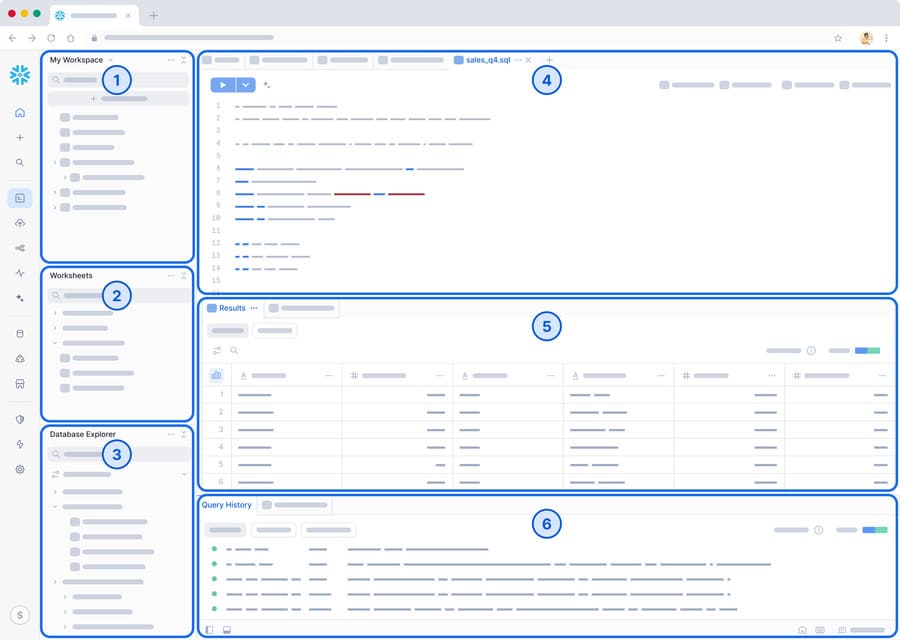

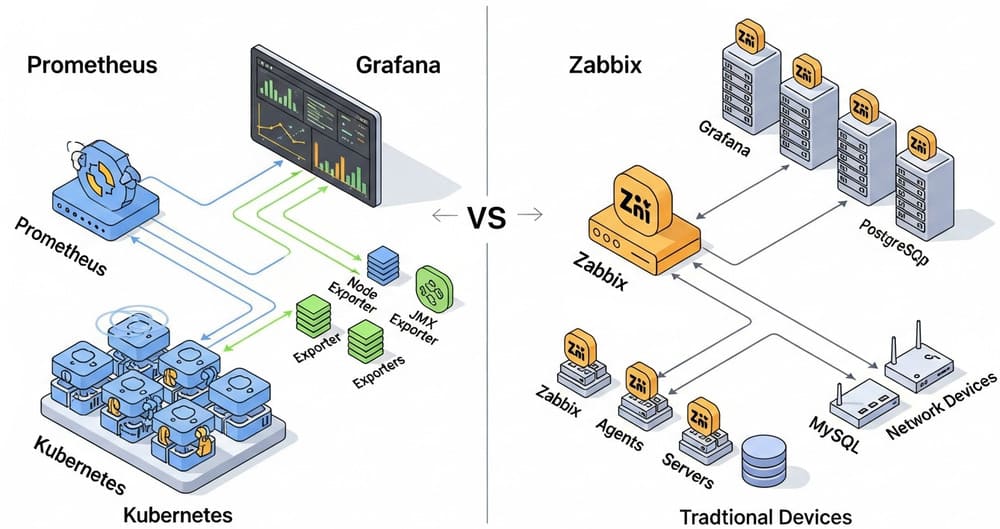
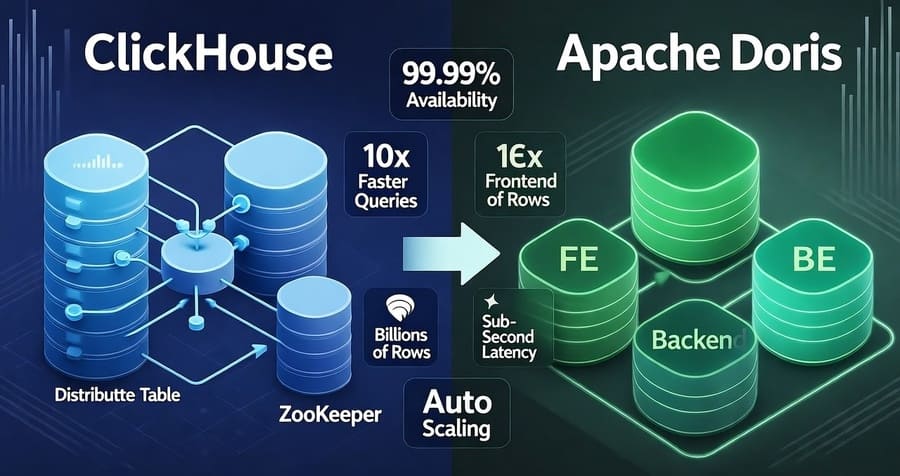
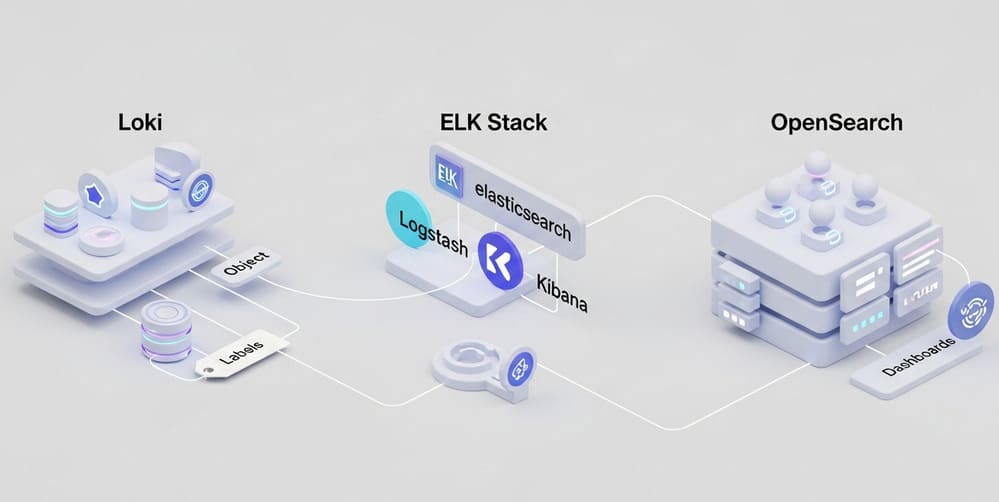
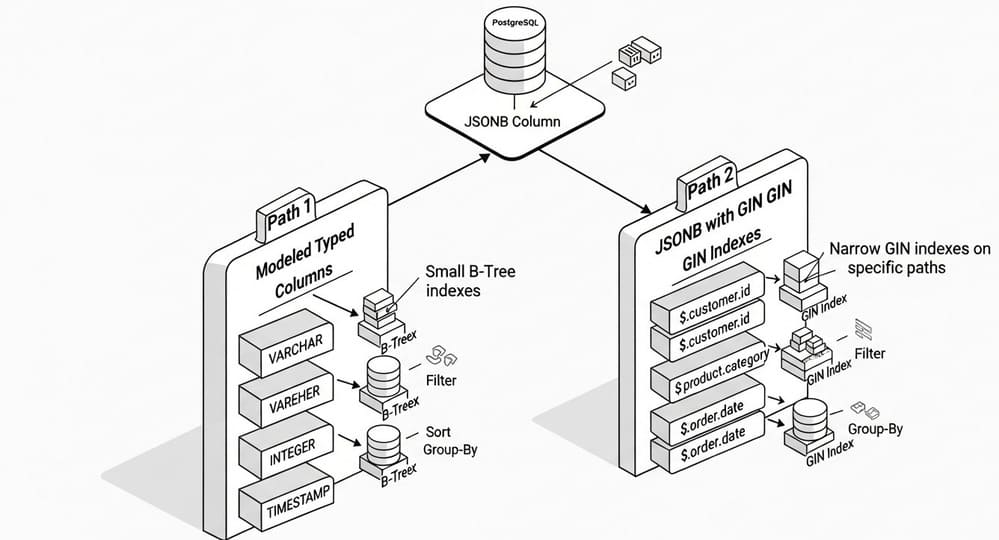
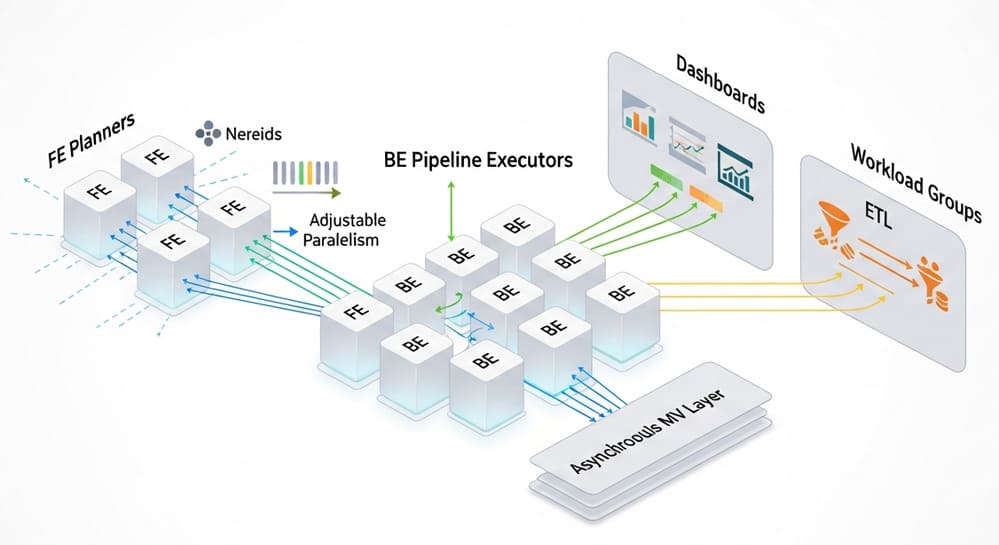



Leave a Reply